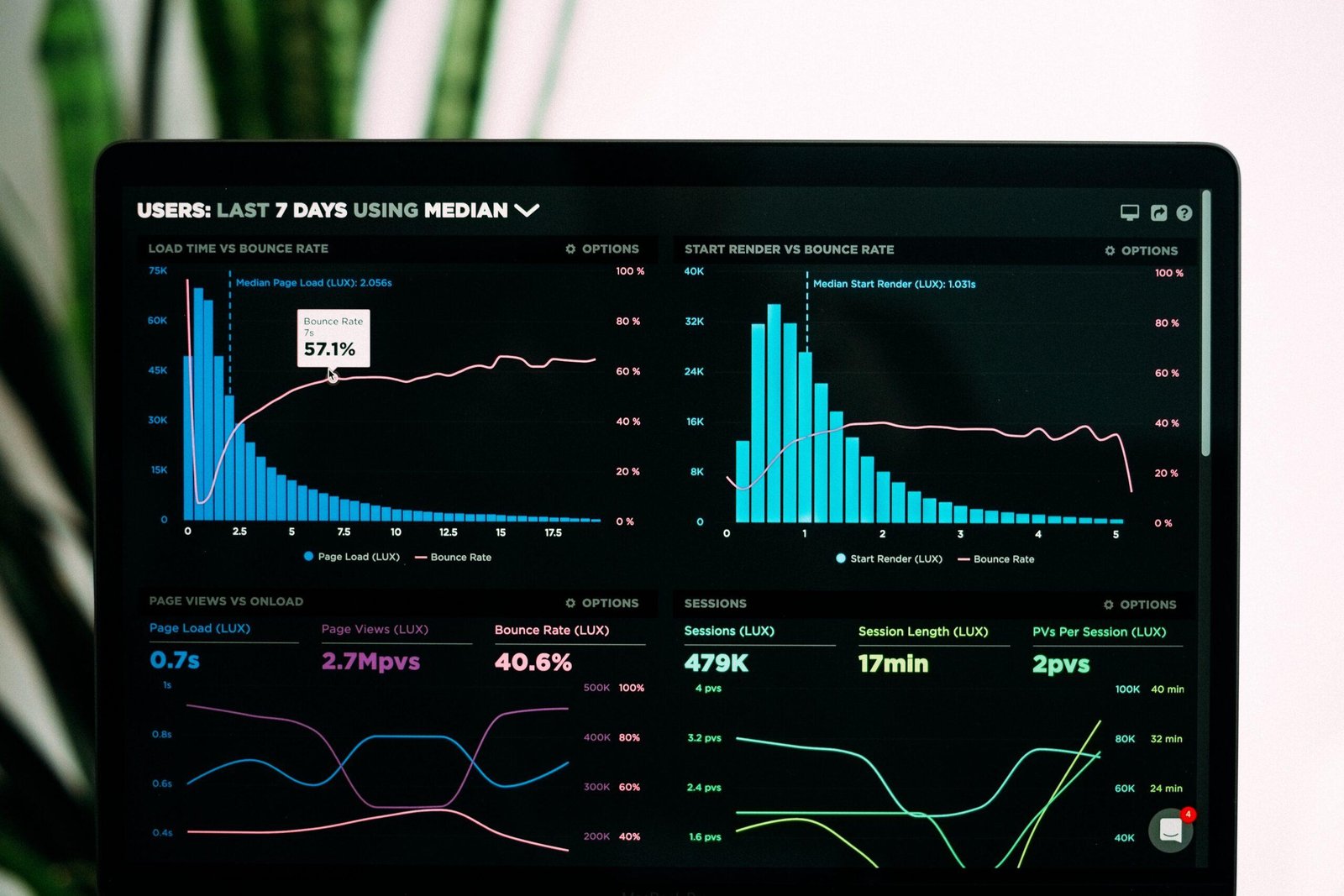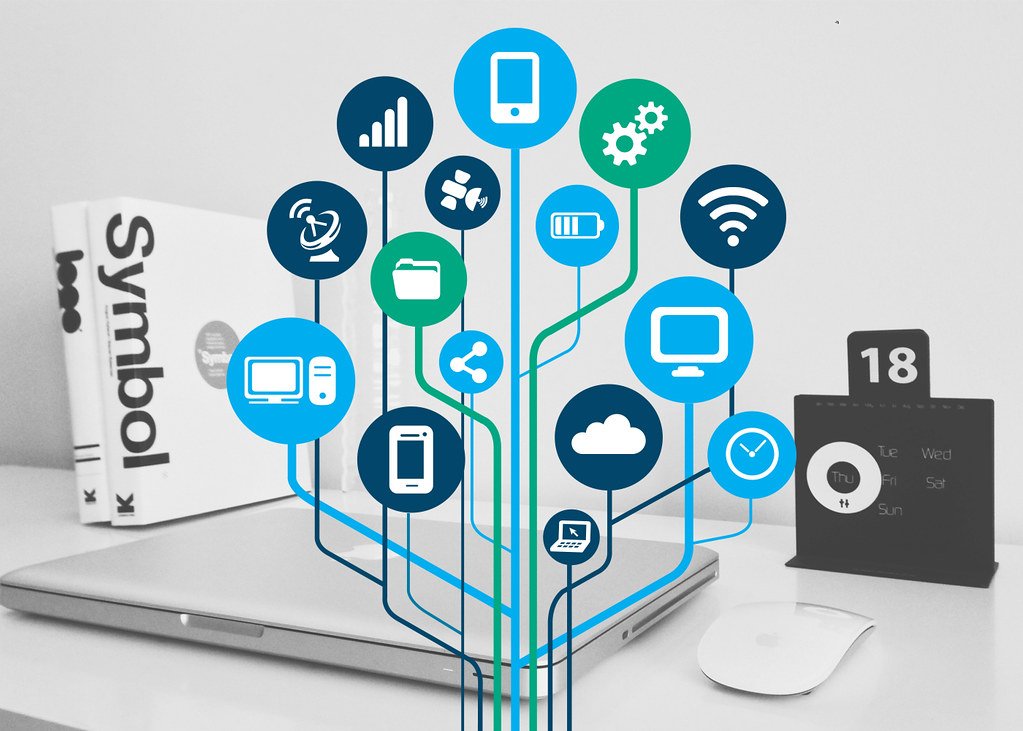Journalism is an important part of our society. It helps us understand the world around us and holds government accountable. But how can we tell stories in a way that is engaging and informative? Data visualization can be a powerful tool for storytelling, helping us to make information digestible and understandable. In this blog post, we will explore the use of data visualization in journalism and how it can help to tell compelling stories.
Data Visualization in Journalism: Telling Compelling Stories with Data
Data visualizations are an increasingly popular way to communicate information to a wide audience. They can be used to tell compelling stories, engage with readers, and explore complex data sets.
A data visualization is a graphic representation of data that helps readers understand it more easily and quickly. Visualizations can be created in many different formats, such as charts, graphs, and maps.
There are several reasons why data visualization can be useful in journalism. Firstly, data visualizations help break down complex information into more digestible chunks. This makes it easier for readers to understand the data and draw their own conclusions. Secondly, data visualizations can help journalists tell story arcs by revealing patterns over time or across different groups of data. Finally, data visualizations can help journalists explore new areas of research or debate relevant topics with experts.
While there are many advantages to using data visualizations in journalism, there are also some potential pitfalls to watch out for. First, graphics can be easily misinterpreted if they’re not clear enough or if they’re too busy looking visually striking instead of informative. Secondly, it’s important to make sure that all the sources of information used in a visualization are reliable and consistent. Otherwise, readers may be led astray based on faulty interpretation.
Overall, data visualizations are an important tool for journalists. They can help illuminate complex issues and engage with readers in a powerful way. However, care should be taken to make sure that all the data used in a visualization is accurate and consistent, so that readers don’t get confused.
The Power of Data Visualization in Modern Journalism
Data visualization is a powerful tool for journalism and storytelling. By creating visual representations of data, journalists can communicate information in a more engaging way.
In the past, journalists were limited to using static images or graphs to illustrate their stories. However, with the advent of digital media, data visualization has become increasingly popular. Nowadays, journalists can use interactive graphics and charts to provide readers with an overview of complex data sets.
One of the most common uses of data visualization is dashboard reporting. Dashboards are collections of key information that illustrate a specific topic or issue. They are often used by reporters to track changes over time or compare different groups of data.
Some other examples of how data visualization is used in journalism include:
-Creating maps that show how different parts of the country are related geographically
-Creating timelines that show how events unfolded over time
– Visualizing polling results in order to better understand public opinion
– Displaying social media sentiment in order to discern whether there is public support for a particular policy
The power of data visualization is evident in the way it can help journalists tell complex stories in a clear and engaging way. By using interactive graphics and charts, journalists can provide readers with an overview of complex data sets. This can help to shed light on various issues and make it easier for readers to understand the story.
From Infographics to Interactive Graphics: The Evolution of Data Visualization in Journalism
When it comes to data visualization, journalism has long been on the forefront of innovation. From infographics to interactive graphics, the evolution of data visualization in journalism has been nothing short of remarkable.
Infographics: The Beginning
The first type of data visualization seen in journalism was infographics. These visual representations were typically used to illustrate complex issues or trends. Their popularity can be attributed to their ability to quickly communicate information while also being visually engaging.
Despite their early popularity, infographics suffered from a few shortcomings. First and foremost, they were often difficult for non-experts to understand. Secondly, they could be easily misinterpreted due to their complexity. This is why many newsrooms began relying on simpler visuals rather than infographics in order to better communicate their findings.
Polaroids and Slideshows: The Rise of Visual Storytelling
Around the same time that infographics were becoming popular, another form of storytelling began gaining traction in the media industry: visual storytelling. This style relied heavily on images and videos to convey a narrative or message. Unlike infographics, which were typically used purely as tools for data display, visual storytellers relied on images and video as primary sources of information and storytelling.
While polaroids and slideshows remained popular throughout the 1990s and 2000s, they gradually lost ground to more sophisticated forms of storytelling like video Journalism and Interactive Graphics (IG). In particular, IG became one of the most popular data visualization tools in journalism due to its ability to quickly convey complex information while also being visually engaging.
Campus News: The Transition to Interactive Graphics
Around the same time that IG began to gain traction in the news industry, many colleges and universities began using data visualization in their journalism courses. This shift is likely attributable to two factors: first, the increasing demand for interactive journalism skills; and second, the growing popularity of IG among students and journalists.
As interactive graphics began to become more common, many newsrooms began to adopt similar approaches. This led to the development of a number of unique data visualization techniques that are only used in journalism. Some of these include storytelling maps, heatmaps, and data dashboards.
The Future of Data Visualization in Journalism
It’s clear that data visualization has played a crucial role in shaping the way journalists communicate information. And while the future of data visualization remains uncertain, there’s no doubt that it will continue to evolve at an astonishing pace.
Also Read:- https://technoscriptz.com/a-definitive-guide-to-get-started-with-hubspot-crm/
Why Data Visualization is Essential in Today’s Newsroom
Data visualization is one of the most effective tools journalists have to communicate complex information in a way that is both understandable and compelling. By taking data and displaying it in a visually engaging way, journalists can help their readers understand the patterns and trends they are investigating. In addition, data visualization can help reporters tell stories in an efficient, effective way by conveying key insights quickly and easily.
This is especially important in today’s newsroom where reporters are increasingly expected to produce more complex stories with greater detail. Data visualization allows them to do so while keeping their readers engaged and informed.
One of the most powerful ways data visualization can be used in journalism is to reveal key insights about trends or patterns. For example, a journalist might use data visualization to show how crime rates have changed over time or how voter turnout has varied by county. By doing so, they can help their readers better understand the issues at hand and make more informed decisions.
In addition to revealing key insights, data visualization can also be used to illustrate complex stories effectively. For example, a reporter could use data visualization to illustrate how climate change is affecting different parts of the world or how economic inequality is growing across different countries. Doing so will not only help reporters convey complex information but also make their stories more readable for average readers.
In summary, data visualization provides journalists with an incredibly powerful tool for keeping their readers engaged and informed. It allows them to present complicated information in an easy-to-understand manner.
How Journalists Can Use Data Visualization to Better Communicate Complex Information
Data visualization is a powerful tool that journalists and storytelling can use to communicate complex information in an engaging and visually appealing way. Journalists can use data visualization to break down complex stories into manageable chunks, illustrate trends over time, and compare different datasets.
Journalists can also use data visualization to explain concepts in an easily digestible way. For example, Figure 1 illustrates how journalists can use data visualization to illustrate the relationship between economic growth and poverty rates over time. By displaying the data in a visually appealing way, journalists can help readers understand complex issues in an understandable manner.
In addition to illustrating complex information, data visualization can also be used to tell storytellers’ narrative arcs. For example, Figure 2 illustrates how journalists can use data visualizations to show the progression of a news story. By using data visualizations as tools for storytelling, journalists can help viewers follow the story arc from beginning to end.
Data visualization is a powerful tool that journalists and storytelling can use to communicate complex information in an engaging and visually appealing way. Journalists can use data visualization to break down complex stories into manageable chunks, illustrate trends over time, and compare different datasets. In addition to illustrating complex information, data visualization can also be used to tell storytellers’ narrative arcs.
Data Visualization and Storytelling: Bringing Data-Driven Narratives to Life
Since the dawn of journalism, data visualization has been used to help journalists and storytellers tell stories. Today, data visualization is more important than ever in order to make complex information easy to understand and connect with people.
One way that data visualization can be used in storytelling is by using it to connect different pieces of data together. This can allow journalists and storytellers to see patterns that they might not have noticed before. For example, a journalist might use data visualization to see how crimes are related across different neighborhoods.
Data visualization can also be used to tell a story on its own. For example, a graphic designer might create an infographic about health care in the United States. Using data from various sources, the graphic designer could create a visual representation of how health care is funded in the US and how it is distributed throughout the country.
Using data visualizations in storytelling can help journalists and storytellers create compelling narratives that impact society. By utilizing data visualizations in storytelling, journalists and storytellers can make complex information easy to understand.
The Ethics of Data Visualization in Journalism: Best Practices and Pitfalls to Avoid
There are a few ethical considerations to keep in mind when using data visualization in journalism. The first is that data visualization should be used for informational purposes, not for promotion or propaganda. Second, it’s important to be aware of the implications of your data visualizations and to consider whether they’re appropriate for the story you’re telling. Finally, it’s always important to remember that journalistic data visualization is a powerful tool and that users should be aware of its potential consequences before using it.
When choosing data visualizations for stories, it’s important to consider the purpose of the visualization. For example, some visualizations might be more effective as infographics than as reports or articles. Additionally, different types of visuals can have different effects on viewers – some can be more calming and explanatory while others can be more alarming or intense. It’s important to know what kind of effect your visuals will have on your audience before you use them.
Another ethical consideration is who owns the data you’re using in your visualizations. If the data comes from public sources (like government databases), make sure to attribute it properly and ensure that you’re not violating anyone’s privacy rights. And if you’re using proprietary data, make sure you get permission from the source before using it in your visuals.
It is common for journalists to overuse charts and graphs rather than text descriptions when using data visualizations. This can result in viewers overlooking crucial information and missing crucial details.
Visualizing Public Data: Opportunities and Challenges for Journalists
There are a number of ways journalists can use data visualizations to help them tell stories and communicate information. Some of the opportunities include:
1. Making it easier for readers to understand complex data sets.
2. Helping reporters and journalists make decisions about which data to include in their stories.
3. Providing context for events or newsworthy trends.
4. Enhancing readers’ understanding of complex issues or policy matters.
5. Creating engaging infographics and illustrations that allow readers to easily understand complex information.
6. Enhancing the presentation of news reports and investigative journalism by using interactive graphics and maps to illustrate spatial relationships among phenomena or locations.
7. Supporting storytelling approaches that use multimedia, such as video, animation, and interactive charts or graphs that allow users to explore complex data in more depth than is possible with text alone (for example, exploratory data analysis).
8. Supporting storytelling approaches that use mixed media, such as photos and videos combined with explanatory text or charts (for example, photojournalism).
9. Supporting storytelling approaches that use new technologies such as virtual reality/augmented reality toolsets (for example, 360-degree panoramas).
10 . Supporting storytelling approaches that use traditional methods but combine them with digital tools (for example, podcasts).
Data Visualization for Investigative Journalism: Tips and Tricks for Effective Storytelling
When it comes to data visualization, investigative journalists have a wealth of tips and tricks to share. Here are eight key tactics:
1. Use maps and charts to display geographic trends.
2. Use line graphs to compare different sets of data.
3. Use bar charts to show how different groups of people are affected by a particular issue or situation.
4. Use pie charts to visualize proportions or size distributions of data elements.
5. Draw 3D graphics to present complex information in an easy-to-understand format.
6. Use colorful filters and effects to create striking visual presentations.
7. Create interactive visualizations that allow users to explore the data in depth (for example, through drop-down menus or draggable chart panels).
8. Make sure all your data visualizations are accessible and searchable online so that readers can explore them at their own pace and on their own devices [source: NBC News].
Using Data Visualization to Hold Power Accountable: Examples from Investigative Journalism
Data visualization is a powerful tool for investigative journalism, helping reporters and editors hold power accountable. Here are five examples of how data visualization has been used to hold powerful individuals and institutions accountable:
1. The Guardian’s “Climate Investigations” project uses data visualizations to show the links between climate change, energy production, and public health.
2. The New York Times “Mapping Poverty in America” project used maps and charts to show the concentration of poverty in different parts of the country.
3. ProPublica used data visualizations to investigate pension abuse in government contracting.
4. Mother Jones used data visualizations to track gun deaths in America.
5. The Economist used data visualizations to explore inequality around the world.







